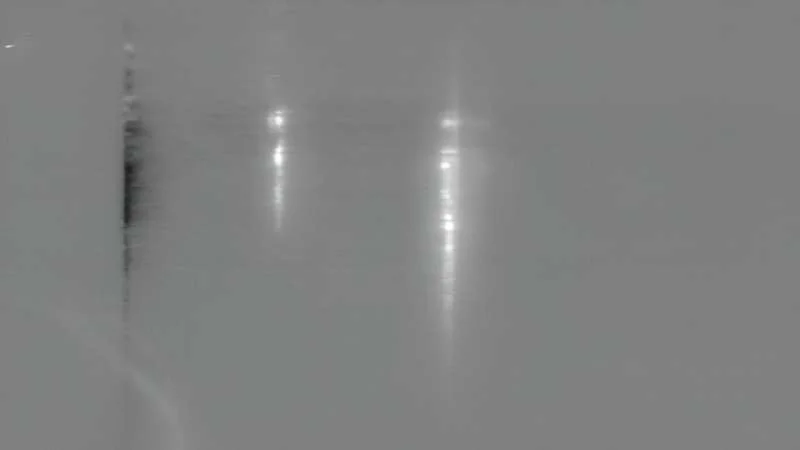Scientists recorded sound waves in the crystal
- October 2, 2023
- 0
To predict how materials will behave, you first need to know their properties. Let’s also assume that you want to modify or design new materials that will serve
To predict how materials will behave, you first need to know their properties. Let’s also assume that you want to modify or design new materials that will serve

To predict how materials will behave, you first need to know their properties. Let’s also assume that you want to modify or design new materials that will serve specific technological purposes, such as electronic or photonic circuits. In this case, it is necessary to understand the structural dynamics very, very well.
It is known that modeling solid crystalline materials such as metals, ceramics, stone and bone is quite difficult. They consist of grains, fields, and defects and are challenged by many competing forces acting at multiple levels. To model such materials, scientists used highly specialized X-rays and were able to characterize the materials at a resolution of just 100 nanometers (500 times smaller than a human hair).
But resolution isn’t the only thing to cover. There is also the fact that what happens in these materials happens over time, and scientists cannot follow it in detail from milliseconds to seconds. But some things happen very quickly inside crystals; for example, their deformation or heat transfer. These relate to how the atoms in crystals are arranged and move. They usually occur within microseconds, sometimes even picoseconds or nanoseconds.
Another such phenomenon is sound waves passing through a material. They are there for much less than a millisecond. A new magazine article PNAS — Imaging Acoustic Waves in Bulk Materials in Real Time Using X-ray Microscopy — describes the success of Danish and American scientists in capturing just that: sound waves passing through a 1 mm diamond sample.
“We want to see these changes in 3D, but until now it has not been possible to do this quickly enough or without damaging the crystals. Our new technology can do this faster and more non-invasively and will work in many crystals,” explains corresponding author Professor Henning Friis Poulsen from DTU Physics. .
He adds: “To acquire images at the speed of sound, a completely new microscope had to be built at the tip of the 3 kilometer X-ray Free Electron Laser (XFEL). “It’s not a fact that you can direct a 3 km X-ray source at several lenses and a 1 mm diameter sample and expect to see a sound wave that persists for a millionth of a second.”
“To obtain the first data, our hair-thin X-ray and optical laser beams had to meet a millimeter-sized single-crystal diamond sample with better-than-nanosecond timing precision. But we did it, and I believe these results will inspire many new studies.”
Co-author Theodore S. Holstad explains that their approach can be applied to all types of crystalline materials: “With this setup, we can investigate a wide range of ultrafast structural events hitherto inaccessible to science. Visualization of structural processes on a sub-microsecond time scale is relevant to solid-state physics, materials science, and earth sciences.” is relevant.”
“For example, when you want to understand processes in soft materials such as metamaterials, photonic crystals, thermoelectric materials, and even perylene and hybrid perovskites. Finally, testing seismological models that show how sound travels through planetary materials can be useful in geoscience.”
Snapshots of the sound waves were taken in time steps of just a few picoseconds and have since been placed on small filmstrips:
The team took video of different types of sound waves emitted and reflected from the crystal’s surface:
They also recorded dispersion (a wave propagating over time) and attenuation (wave attenuation) on microsecond time scales:
Finally, they showed that an X-ray pulse of just less than a thousandth of a nanosecond was sufficient to produce images, opening the door to much faster, real-time imaging of stochastic and irreversible processes on submicrosecond time scales. than the milliseconds or microseconds that are today’s limits. Source
Source: Port Altele
As an experienced journalist and author, Mary has been reporting on the latest news and trends for over 5 years. With a passion for uncovering the stories behind the headlines, Mary has earned a reputation as a trusted voice in the world of journalism. Her writing style is insightful, engaging and thought-provoking, as she takes a deep dive into the most pressing issues of our time.